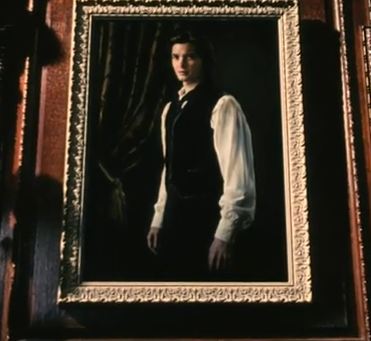

Yet it is also through such a move that Dorian is “objectified in the dialectic of identification with the other” as Lacan suggests. Seeing how he changes the portrait, “writing” it with his “passions and sins,” Dorian comes to enter the symbolic realm. What Dorian identifies with is a “text” he “reads” in Basil’s work, an other. However, the painting that reveals Dorian to himself is an artifact produced by Basil. Through his image mirrored in the picture, Dorian comes to know himself.

“Mirror, Text and the Symbolic Matrix.” By suggesting these three interlocking axes I seek to outline the process of creation that governs the novel. Thus, to discuss how this creation of the hero takes place, I will employ Jacques Lacan’s theory of the mirror stage, along with Roland Barthes’ insight of “textuality.” Only through his image mirrored in the painting Basil offers can Dorian come to know himself the hero is “produced” as what he is by his friends. Depicting how Dorian is made a decadent hedonist, the novel is generally regarded by critics as a story of creation, in which what is created is not only the magical painting but the hero as well. My thesis aims to discuss the “creation” issue in Oscar Wilde’s The Picture of Dorian Gray.


 0 kommentar(er)
0 kommentar(er)
